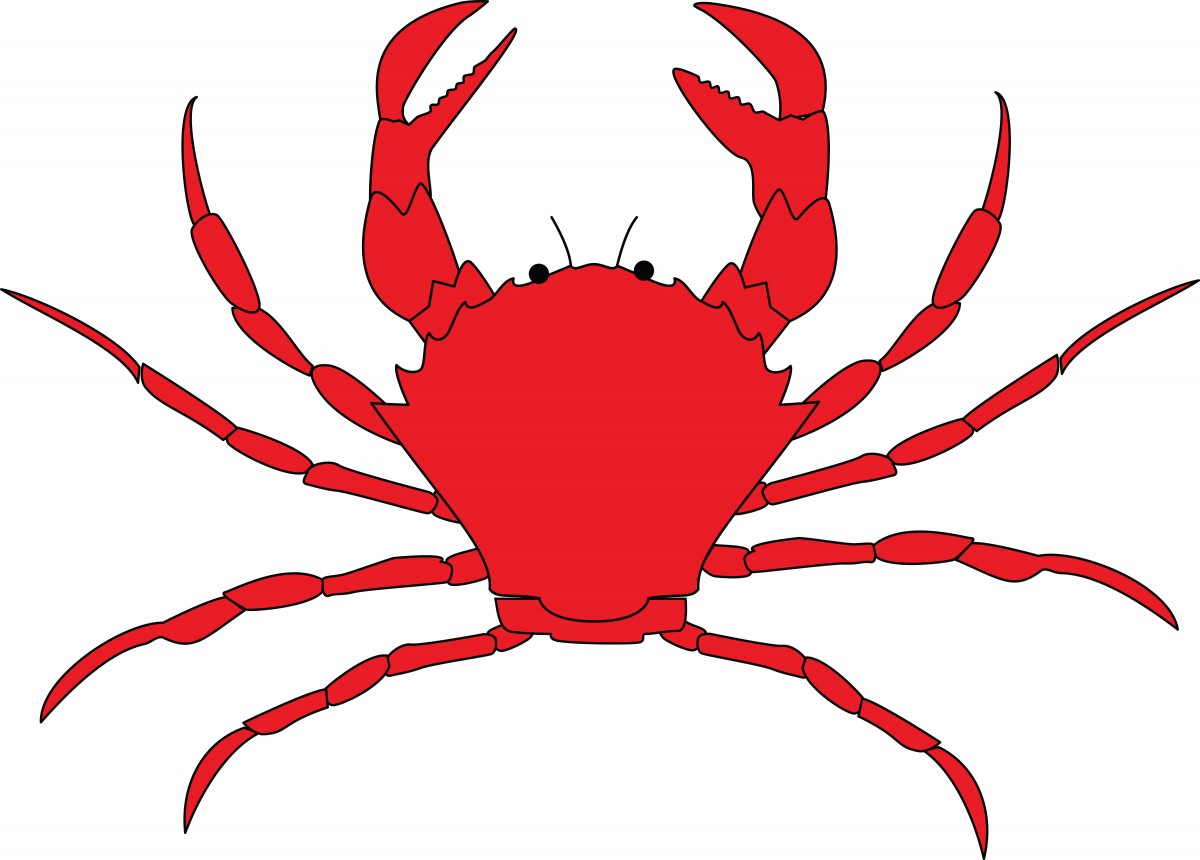I’ve come to my love for food (and making the best condiments for it that I can!) via a circuitous route, through many years in the wilderness of IT and business solutions. But before that, I was a chemist—and this recent news about a fascinating advance in vitamin applications made me feel like I’d come full circle.
A team from MIT has shown that encapsulating vitamin A in polymer microparticles before fortifying food with it enables the vitamin to better weather storage and cooking. This allow s higher than typical amounts of the key nutrient to make it into the humans eating it. As vitamin A deficiency is prevalent in developing countries (and is the leading cause of childhood blindness in the world), this easy, low-barrier way of boosting vitamin A intake could be a game changer.
s higher than typical amounts of the key nutrient to make it into the humans eating it. As vitamin A deficiency is prevalent in developing countries (and is the leading cause of childhood blindness in the world), this easy, low-barrier way of boosting vitamin A intake could be a game changer.
“In a 2019 study, the MIT team showed that they could use a polymer called BMC to encapsulate nutrients, including iron, vitamin A, and several others. They showed that this protective coating improved the shelf life of the nutrients, and that people who consumed bread fortified with encapsulated iron were able to absorb the iron. […]
Using an industrial process known as a spinning disc process, the researchers mixed vitamin A with the polymer to form particles 100 to 200 microns in diameter. They also coated the particles with starch, which prevents them from sticking to each other.
The researchers found that vitamin A encapsulated in the polymer particles were more resistant to degradation by intense light, high temperatures, or boiling water. Under those conditions, much more vitamin A remained active than when the vitamin A was free or when it was delivered in a form called VitA 250, which is currently the most stable form of vitamin A used for food fortification.”
The technology was trialed in flour and bouillon cubes, both used extensively in sub-Saharan Africa, an area deeply affected by vitamin A deficiency. Testing then showed the bioavailability of the encapsulated vitamin A as being nearly the same as vitamin A consumed on its own. Two companies are now the proud licensees of the tech, and are planning to roll it out into the market soon. This tiny fix in the nutrient profile of common foods can mean a big change for health worldwide—and what a delicious way to do it!

I’ve been keeping an eye on the story of the snow crab population crash for a couple of months now, and as someone interested in shellfish from both a culinary and an environmental standpoint, I’m getting a bit concerned! The NOAA (the National Oceanic and Atmospheric Association, the American body in charge of the crabs’ habitats and fishing thereof) is gesturing vaguely to climate change to blame for October’s cancellation of Bering Sea snow crab season because 11 billion crabs had basically up and disappeared. But, thanks to a new analysis by Nautilus, it seems things the situation is far more complicated. And it has everything to do with math.
Oceanic and Atmospheric Association, the American body in charge of the crabs’ habitats and fishing thereof) is gesturing vaguely to climate change to blame for October’s cancellation of Bering Sea snow crab season because 11 billion crabs had basically up and disappeared. But, thanks to a new analysis by Nautilus, it seems things the situation is far more complicated. And it has everything to do with math.
The tale spun by Spencer Roberts is worth the full read, but the gist is as follows: Officials—and fishers—may be repeating history; Spencer cites the 1980s crash of a similar species, the Alaskan king crab, as precedent. Then, as now, it may come down to an ignorance of the crabs’ natural behaviours. Testing nets can drag through a huge pod of hundreds of crabs (that gather in dome-like piles to rest between foraging sessions) and then that highly concentrated number can be erroneously extrapolated to an entire area. This may mean that the 11 billion death toll may be overinflated because there were never that many crabs, to begin with.
“ This opens the possibility for inflated population estimates if surveys happen to intersect aggregations of crabs. That may have happened twice with king crabs: their Cold War collapse in the Bering Sea was preceded by a “recruitment pulse”—a cohort of maturing males—that motivated regulators to double catch limits every three years. […]
“We know that recruitment boom was real,” [NOAA’s Alaska Fisheries Science Center program manager Mike] Litzow responded when asked about the possibility that survey methods had caused crab populations to be overestimated. He cited crab reproductive cycles, improved survey coverage, and the fact that the boom persisted for two consecutive years. But while a pulse did occur, was it truly as large as the models suggested? And should NOAA regulators have raised catch limits when its assessments also suggested that the abundance of harvest-sized males had dropped by half in the decade prior?”
Spencer falls heavily on the “No” side here, but the situation gets tragic for the fishers involved, who sank their livelihood into an industry that may have never been robust enough to take it. The crabs themselves got the shorter end of the stick; the limits raised to harvest crabs that didn’t exist truly decimated the ones that did. Only time will tell if populations can recover—it might be worth voting with our dinner plates over.

If there’s one thing I’ve learned from the dulcet tones of David Attenborough, narrating yet another amazing animal documentary over a soothing soundtrack, it’s that dolphins are very smart. They use highly intelligent strategies to live their lives, hunt, and even play. They also love to eat—all the better if their meal is generously pre-caught for them, by human fishers who are deeply chagrined at the highway robbery occurring in their nets. After noisemakers and reflective material didn’t deter this dolphin behaviour (called depredation) in the Aegean Sea, a team of Greek researchers recently brought out the big guns: hot sauce-laced nets.
More precisely, they coated fishing nets with a resin that contained capsaicin, the chemical irritant that gives chili peppers their famous heat. Capsaicin has been used successfully on land to prevent squirrels, deer, and other mammals from eating what they shouldn’t (like seed from a bird feeder, or crops). But it had never been tried on dolphins…
“Yet after five months of test fishing with capsaicin-coated nets, the research team co-led by Maria Garagouni, a marine biologist at Aristotle University of Thessaloniki in Greece, faced a tough realization: their idea didn’t work. The bottlenose dolphins that interacted with their nets were entirely unfazed. […]
While it’s known that many cetaceans, including bottlenose dolphins, lack four of the five primary tastes—they can only pick up salty—spiciness is registered by a different set of sensory cells through chemesthesis. This process, which signals sensations such as pain and heat, is little studied in the species. Other toothed whales do appear to have the hardware required for capsaicin detection, notes [neuroscientist Aurélie] Célérier, but there’s a lot left to learn.
There could be something else at play in the dolphins’ triumph over spice: cetacean super smarts. […] The dolphins may simply have figured out a way to break into the spicy nets without making much contact. “
Intriguingly, a mystery predator, unseen by the researchers, did avoid the spicy nets, while massacring the control nets. The team is putting their research into who the strange snacker was, as well as their central question, on ice for now. The wheel of science turns slowly—which I’m sure the hungry dolphins appreciate!

Have you ever been on a salad kick, say in the heights of summer when it’s too hot too cook, and all those crunchy veggies are fine and dandy, until the weather turns and you can finally fire up the oven, and that first bite of roast beef or chicken or lasagne with a bolognese sauce—the taste of cooked food that has undergone that irreversible chemical transformation—just, as the kids say, hits different?
Now imagine that moment, but on a species-wide scale. Scientists have been trying to nail down that moment—exactly when we (or one of our Homo genus cousins) harnessed and controlled fire to cook food—for centuries. The cooking process is known to make foods easier to digest and unlocks certain nutrients, that allowed us to both grow our brains and spend less time using them to acquire raw grazing materials. A game-changing discovery by a team from three Israeli universities has shown that our ancestors invented cooking at least 780,000 years ago, a whopping 610,000 years earlier than the previous estimate!
The proof was in the remains of a giant fire-roasted barb (a carp-like fish), found at the Gesher Benot Ya’aqov archaeological site by the team. The findings of their study were recently published in Nature Ecology and Evolution.
“In the study, the researchers focused on pharyngeal teeth (used to grind up hard food such as shells) belonging to fish from the carp family. These teeth were found in large quantities at different archaeological strata at the site. By studying the structure of the crystals that form the teeth enamel (whose size increases through exposure to heat), the researchers were able to prove that the fish caught at the ancient Hula Lake, adjacent to the site, were exposed to temperatures suitable for cooking, and were not simply burned by a spontaneous fire.”
The team found extensive evidence of roasted barb on the site, which points to a long tradition of settlement there, and of passing down cooking skills. Further investigation may also prove a hypothesis that the eating of fish in particular represented a “quantum leap” in human development; as we now know, omega-3 fatty acids, present at high levels in fish, as well as zinc and iodine, support cognition.
It seems that this ancient barbecue, on the shores of Hula Lake, wasn’t just a get-together for the family group that ate that day—in a way, all humans were there, changing the future, one flame-grilled bite at a time.